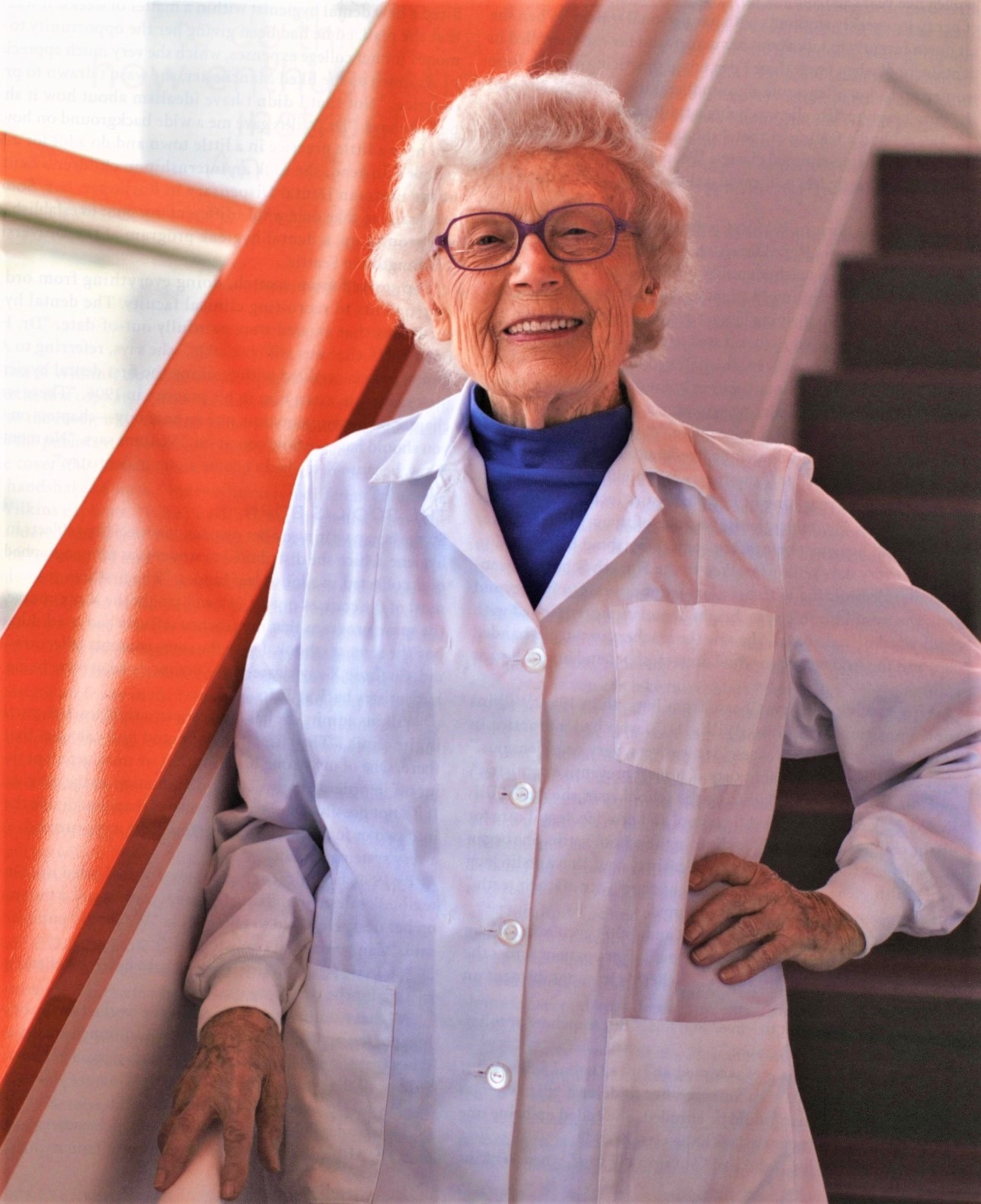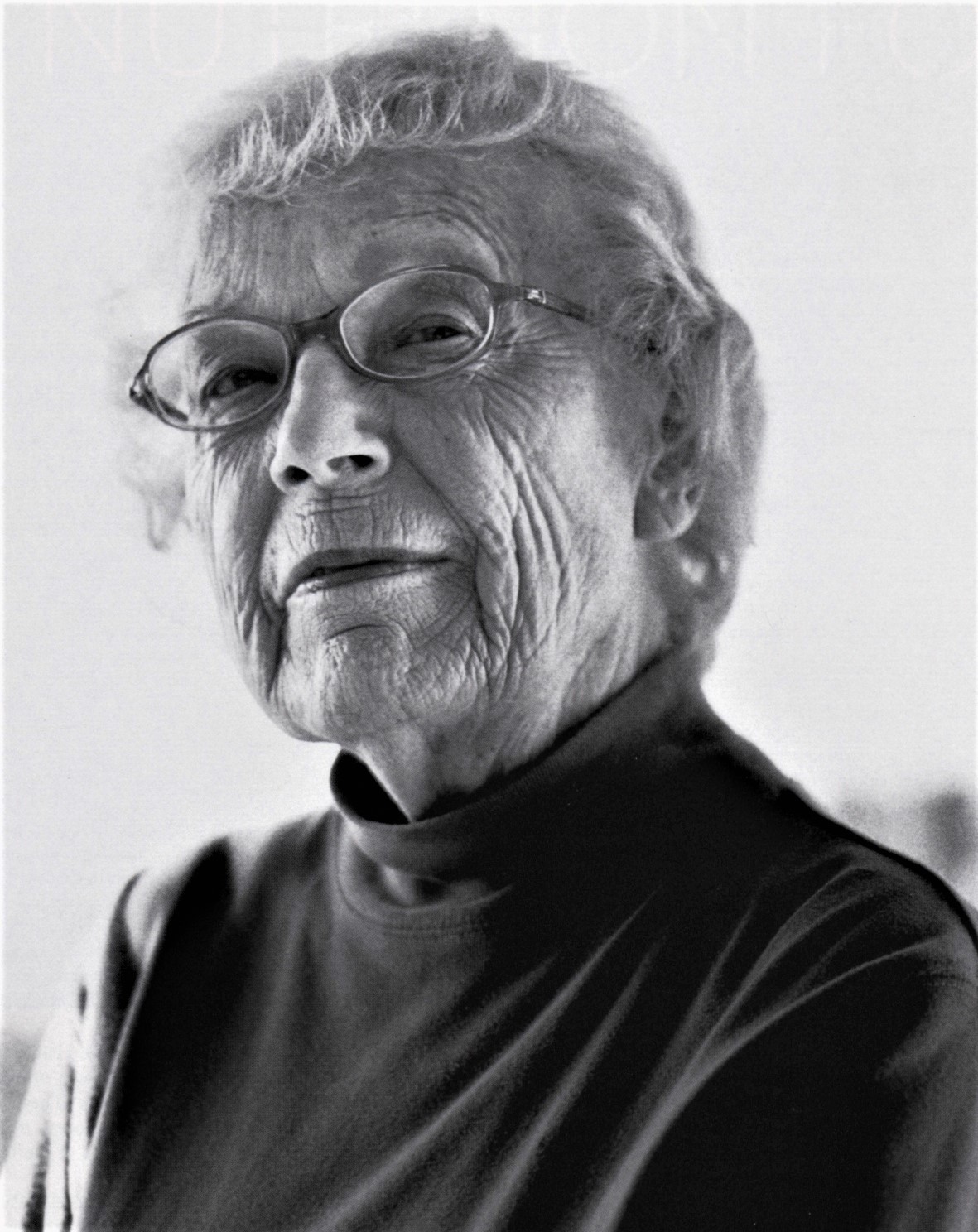Dr. Esther Wilkins
Pioneer of Clinical Practice
The work of TUSDM alumni and professionals reverberates across the world, shaping the experience of dental practitioners and their patients alike. Think back to the last time you stopped in to your dentist’s office. As you leaned back and squinted towards the bright exam light overhead, your hygienist likely took an x-ray, examined your gums, then cleaned and polished your teeth. He or she performed a quick oral health screening before your dentist completed a full exam.

Today, this process seems routine. But it only became so after generations of professionals refined their methods and instituted a training regimen and standards that now influence how dental hygienists everywhere execute their craft.
Over the course of a 70-year career as a practitioner and educator, Dr. Esther Wilkins (D49) transformed the practice of oral hygiene, and through her work, helped mold the clinical care that every hygienist provides to patients today.
Born in Chelmsford, Massachusetts, Wilkins studied in the nursing program at Simmons College in Boston. She called her decision to continue her education and become a dental hygienist a “snap diagnosis” that followed her first visit to the clinic at the Forsyth School of Dental Hygiene, where a gleaming white ceiling and impressive clinic room inspired her to launch a career in oral care.

After graduating from Forsyth in 1939, Wilkins worked in private practice before continuing her education. She joined two other women in the TUSDM class of 1949 during an era when more than 98 percent of practicing dentists were men. Undeterred, she completed the rigorous Tufts program, and upon graduation, interned at the Eastman Dental Dispensary in Rochester, New York before the University of Washington recruited her to develop the dental hygiene program there.
With no pre-existing curriculum to work with, Wilkins created handouts based on her own training and experience, which she used to instruct students. She regularly called her former professors at Tufts, looking for ideas for curriculum and clarifications from faculty experts.
The dental hygiene methods that Wilkins taught traced their roots back to Dr. Alfred C. Fones, a dentist from Connecticut who, around the turn of the twentieth century, trained his cousin Irene Newman in the practice of dental prophylaxis, or preventive care. By 1906, Newman was seeing patients in Fones’ office, making her the first dental hygienist in the United States. Several years later, Fones opened a training program that produced the first generation of dental hygienists.

Fifty years later, Esther Wilkins’ mimeographed handouts had grown into a tall stack on her desk. When a publisher’s representative stopped in to sell textbooks to faculty members and asked about the pile, she explained that there was no textbook for the courses she taught, and in fact, none for dental hygiene at all.
“Well,” he said simply, “you should publish this.”
“That’s a good idea,” Wilkins responded. The next year, 1959, her textbook Clinical Practice of the Dental Hygienist became the first for students of prophylactic oral care. It revolutionized the teaching of dental hygiene.
A few years later, in 1966, Wilkins returned to Tufts for a graduate program in periodontics. She remained at the institution for 45 years and was active in Tufts programs well into her nineties. Along the way, she became a global authority on dental hygiene, delivering more than a thousand lectures on the subject, and garnered numerous national and international awards for her contributions and service to the dental profession and the study and teaching of preventative oral care.
Esther Wilkins passed away in December 2016 at the age of 100. At that time, her volume was 57 years old and in its twelfth edition. Translated into several foreign languages and updated with the help of colleagues, Clinical Practice of the Dental Hygienist remains gospel for students of oral hygiene everywhere—just one more way that the TUSDM family has left its mark on the world.
A few years later, in 1966, Wilkins returned to Tufts for a graduate program in periodontics. She remained at the institution for 45 years and was active in Tufts programs well into her nineties. Along the way, she became a global authority on dental hygiene, delivering more than a thousand lectures on the subject, and garnered numerous national and international awards for her contributions and service to the dental profession and the study and teaching of preventative oral care.
Esther Wilkins passed away in December 2016 at the age of 100. At that time, her volume was 57 years old and in its twelfth edition. Translated into several foreign languages along the way and updated with the help of colleagues, Clinical Practice of the Dental Hygienist remains gospel for students of oral hygiene everywhere—just one more way that the TUSDM family has left its mark on the world.




